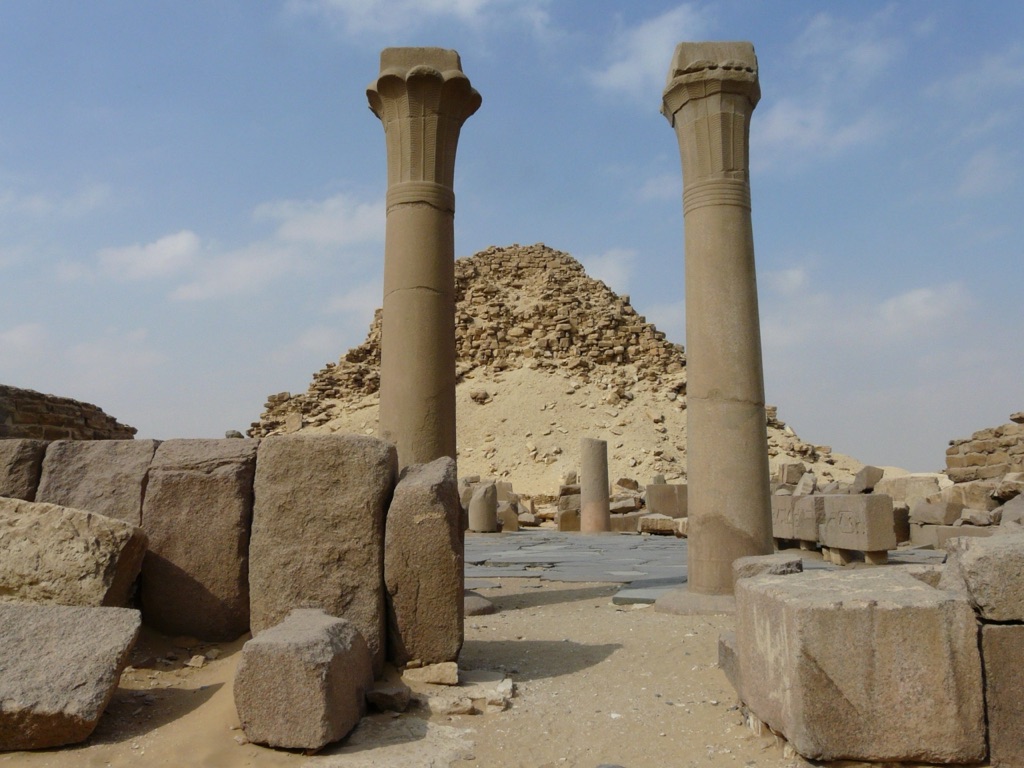Summary
The Pyramid of Sahure is an ancient Egyptian architectural marvel, built during the reign of Pharaoh Sahure, the second king of the Fifth Dynasty. The pyramid complex is located in the necropolis of Abusir, near Cairo, and is known for its unique design and the abundance of inscriptions and reliefs. It is considered one of the most significant pyramids from the Old Kingdom period, offering valuable insights into the religious, political, and cultural aspects of the time.
Get your dose of History via Email
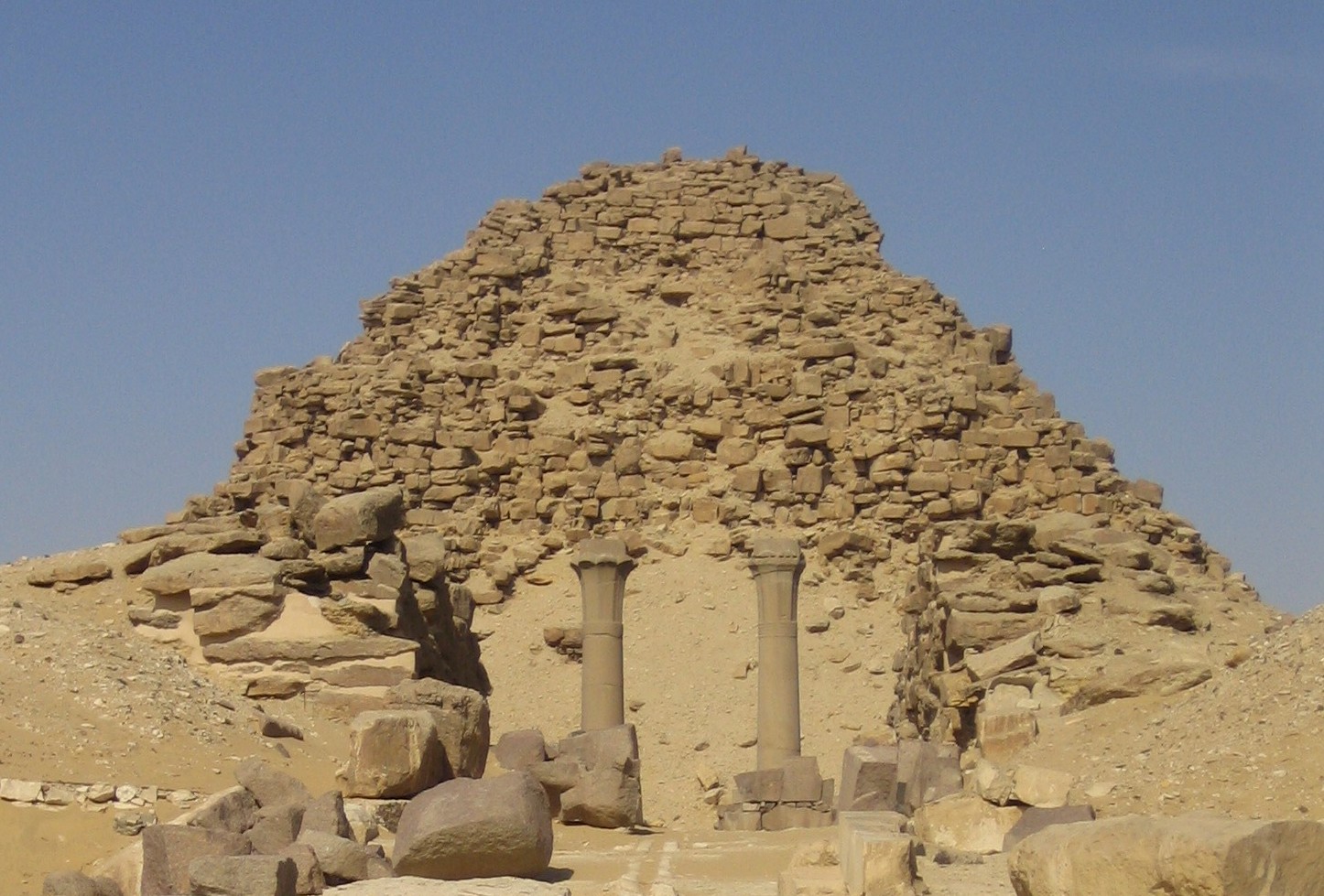
What are some of the key architectural features and discoveries made at the Pyramid of Sahure?
The Pyramid of Sahure is known for its unique architectural design. The pyramid itself was built on a high platform, surrounded by a wall. The complex includes a mortuary temple, a causeway, and a valley temple, each richly decorated with reliefs and inscriptions. The mortuary temple, located to the east of the pyramid, is one of the best-preserved structures of its kind from the Old Kingdom.
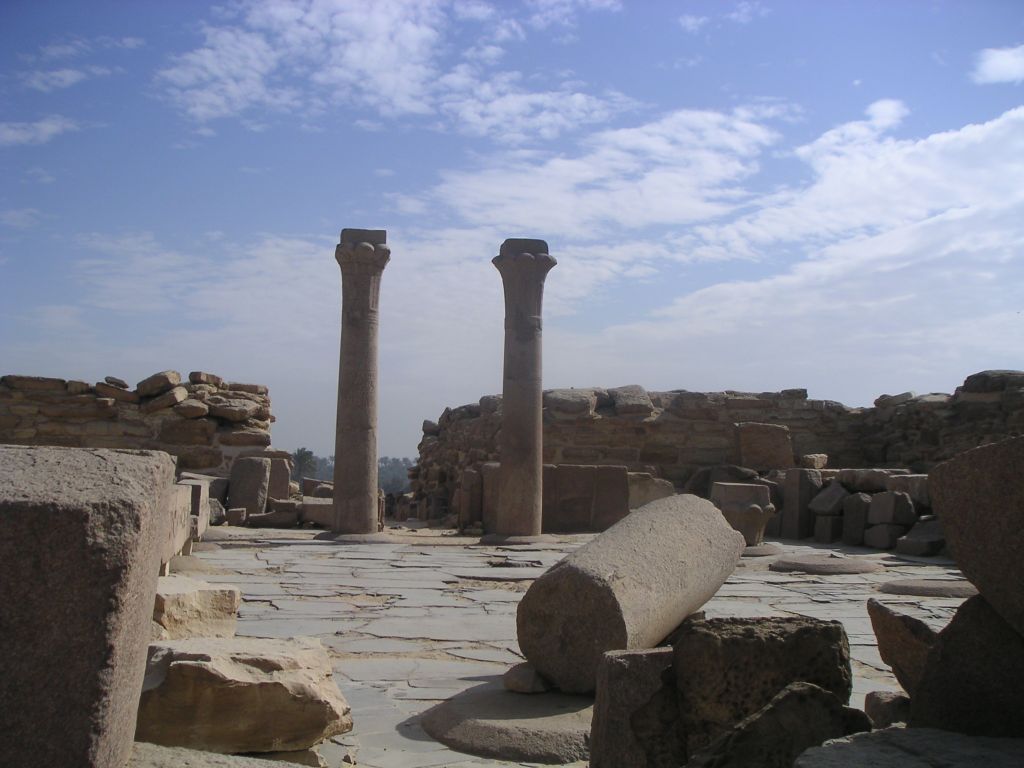
One of the key discoveries at the Pyramid of Sahure is the extensive use of bas-reliefs, which are more detailed and sophisticated than the earlier relief styles. These reliefs depict various scenes, including Sahure’s Sed festival, the pharaoh’s triumph over his enemies, and various economic activities.
Another significant discovery is the Palmiform columns, a type of architectural column that resembles a bundle of palm branches. These columns, found in the mortuary temple, are considered one of the earliest examples of this architectural feature in ancient Egypt.
The pyramid complex also includes several subsidiary pyramids and a boat pit, which was a common feature in pyramid complexes of the Old Kingdom. The boat pit at Sahure’s pyramid is particularly notable for its size and the quality of its construction.
Lastly, the causeway leading to the pyramid is lined with finely carved reliefs, depicting scenes of daily life and offering a glimpse into the society and culture of the time.
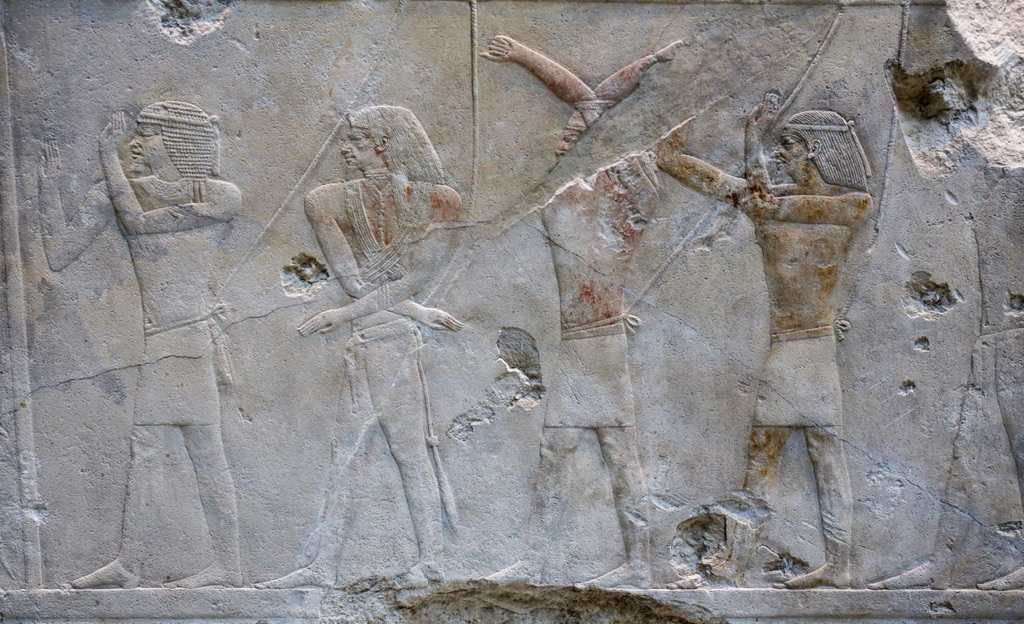
What is the historical significance of the Pyramid of Sahure and what does it tell us about the reign of Pharaoh Sahure?
The Pyramid of Sahure holds immense historical significance as it marks a shift in royal funerary architecture from the Fourth to the Fifth Dynasty. The complex design and the extensive use of reliefs and inscriptions suggest a high level of sophistication and resources during Sahure’s reign.
The reliefs and inscriptions found in the pyramid complex provide valuable insights into Sahure’s reign. They depict the pharaoh in various roles – as a warrior, a religious leader, and an administrator. These images, along with the accompanying inscriptions, suggest that Sahure was a powerful and respected ruler.
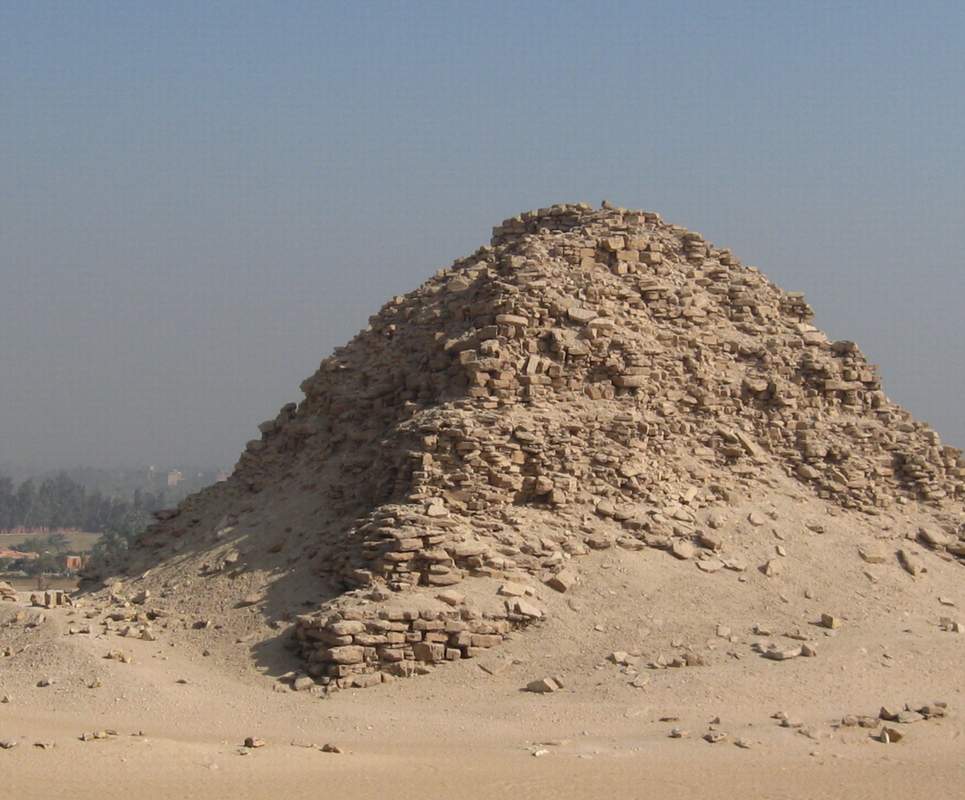
The Pyramid of Sahure also tells us about the religious beliefs and practices of the time. The presence of the mortuary temple, the subsidiary pyramids, and the boat pit suggest a strong belief in the afterlife and the pharaoh’s divine status.
The depiction of various economic activities, such as agriculture, fishing, and crafts, in the reliefs along the causeway suggests a prosperous economy during Sahure’s reign. These scenes also provide valuable information about the society and culture of the time.
Finally, the pyramid complex is a testament to the architectural and engineering skills of the ancient Egyptians. The precision and complexity of the construction techniques used in the building of the pyramid suggest a high level of knowledge and skill.
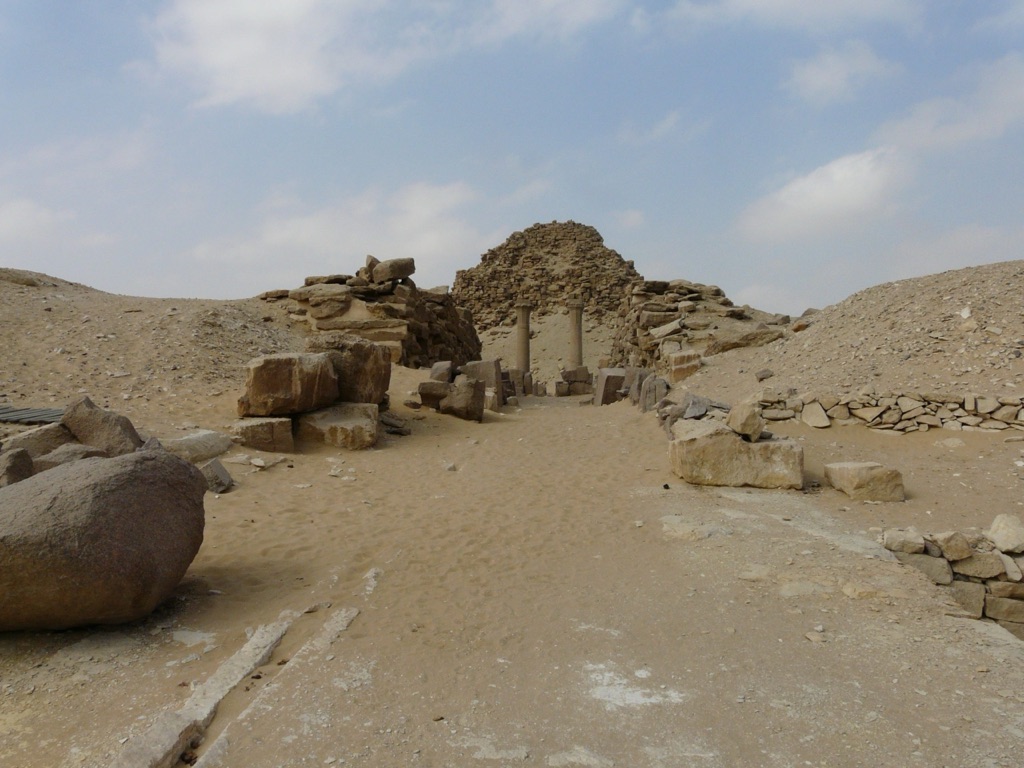
What is known about the construction techniques and materials used in the building of the Pyramid of Sahure?
The Pyramid of Sahure is a testament to the advanced construction techniques and materials used by the ancient Egyptians. The pyramid was built using limestone blocks, with a core of rough-hewn stones and an outer casing of fine white limestone. The use of these materials suggests a high level of knowledge and skill in stone quarrying and construction.
The construction of the pyramid complex required a high level of planning and organization. The alignment of the pyramid, the mortuary temple, the causeway, and the valley temple suggests a sophisticated understanding of geometry and astronomy.
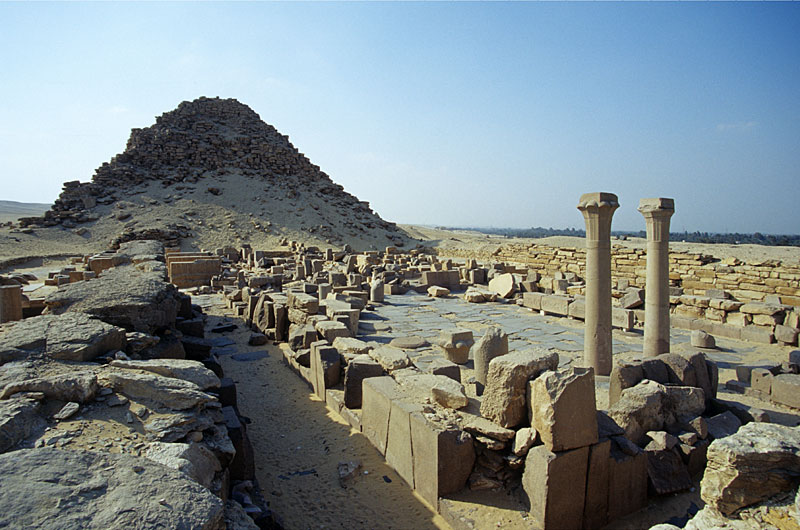
The use of bas-reliefs in the decoration of the pyramid complex is another testament to the advanced construction techniques of the time. These reliefs were carved with a high level of detail and precision, suggesting a high level of skill and craftsmanship.
The construction of the boat pit, one of the largest of its kind, required a high level of engineering skill. The pit was dug into the bedrock and lined with limestone blocks, suggesting a high level of knowledge in engineering and construction.
Finally, the construction of the Palmiform columns in the mortuary temple is a testament to the advanced architectural skills of the ancient Egyptians. These columns, which resemble a bundle of palm branches, are considered one of the earliest examples of this architectural feature in ancient Egypt.
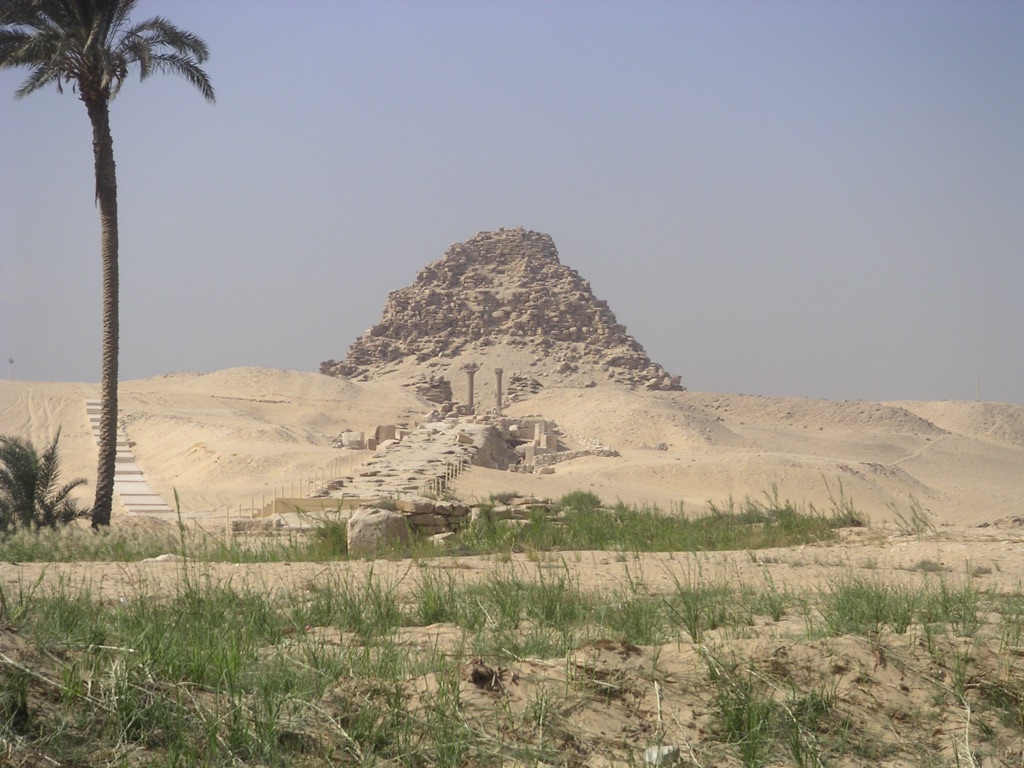
What types of artifacts or burial goods were discovered within the Pyramid of Sahure and what do they reveal about ancient Egyptian culture during Sahure’s reign?
Several artifacts and burial goods have been discovered within the Pyramid of Sahure, providing valuable insights into the culture and beliefs of the time. These include pottery vessels, stone vessels, and various types of jewelry. The presence of these items suggests a belief in the afterlife and the need to provide for the deceased in their journey to the afterlife.
The pottery vessels found in the pyramid complex are of various shapes and sizes, suggesting a variety of uses. Some of these vessels may have been used in the funerary rituals, while others may have been used for storing food and drink for the deceased.
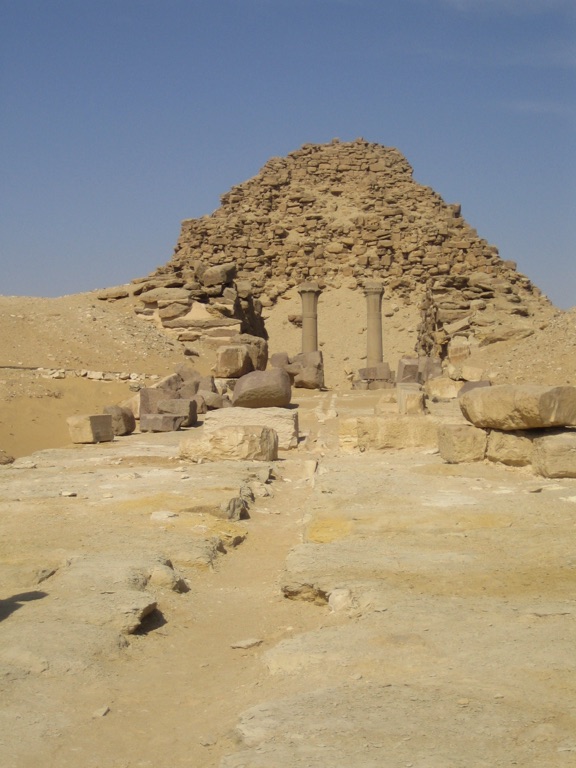
The stone vessels found in the pyramid complex are of high quality, suggesting a high level of skill in stone carving. These vessels were likely used in the funerary rituals and may have held offerings for the deceased.
The jewelry found in the pyramid complex includes beads, amulets, and seal impressions. These items were likely personal belongings of the deceased and were included in the burial to provide protection and status in the afterlife.
Finally, the presence of the boat pit and the subsidiary pyramids in the pyramid complex suggests a belief in the pharaoh’s divine status and his journey to the afterlife. These features were likely included in the pyramid complex to ensure the pharaoh’s successful journey to the afterlife.
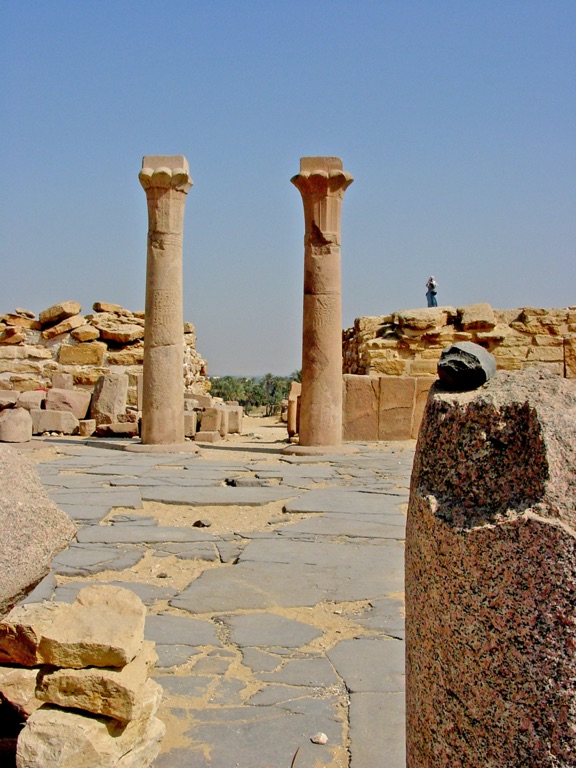
Conclusion and Sources
In conclusion, the Pyramid of Sahure is a significant archaeological site that provides valuable insights into the reign of Pharaoh Sahure and the culture, religion, and society of the Old Kingdom period. The pyramid complex, with its unique architectural features and the abundance of reliefs and inscriptions, is a testament to the advanced construction techniques, artistic skills, and religious beliefs of the time.

- For further reading and to verify the information provided, the following sources are recommended:

